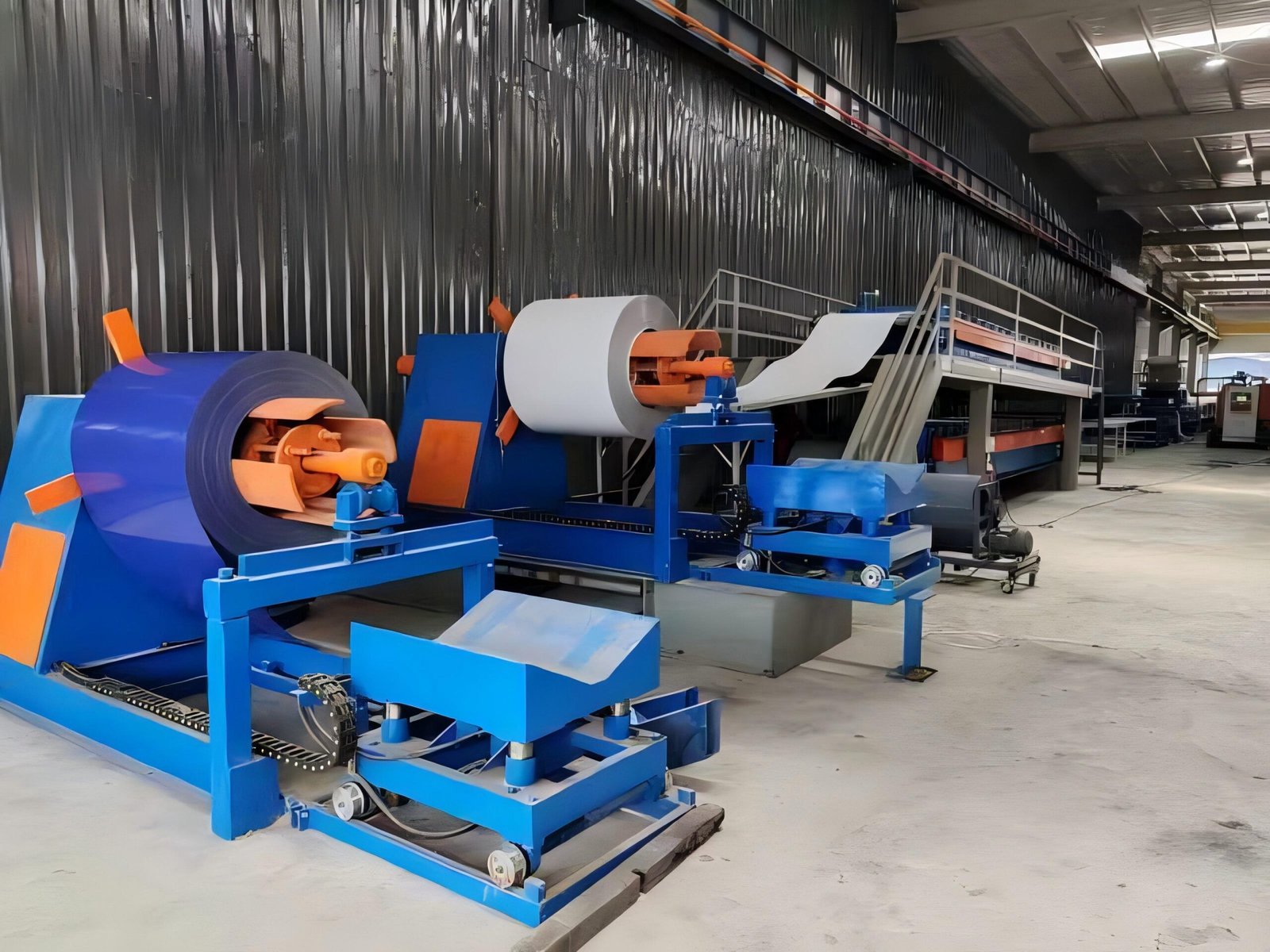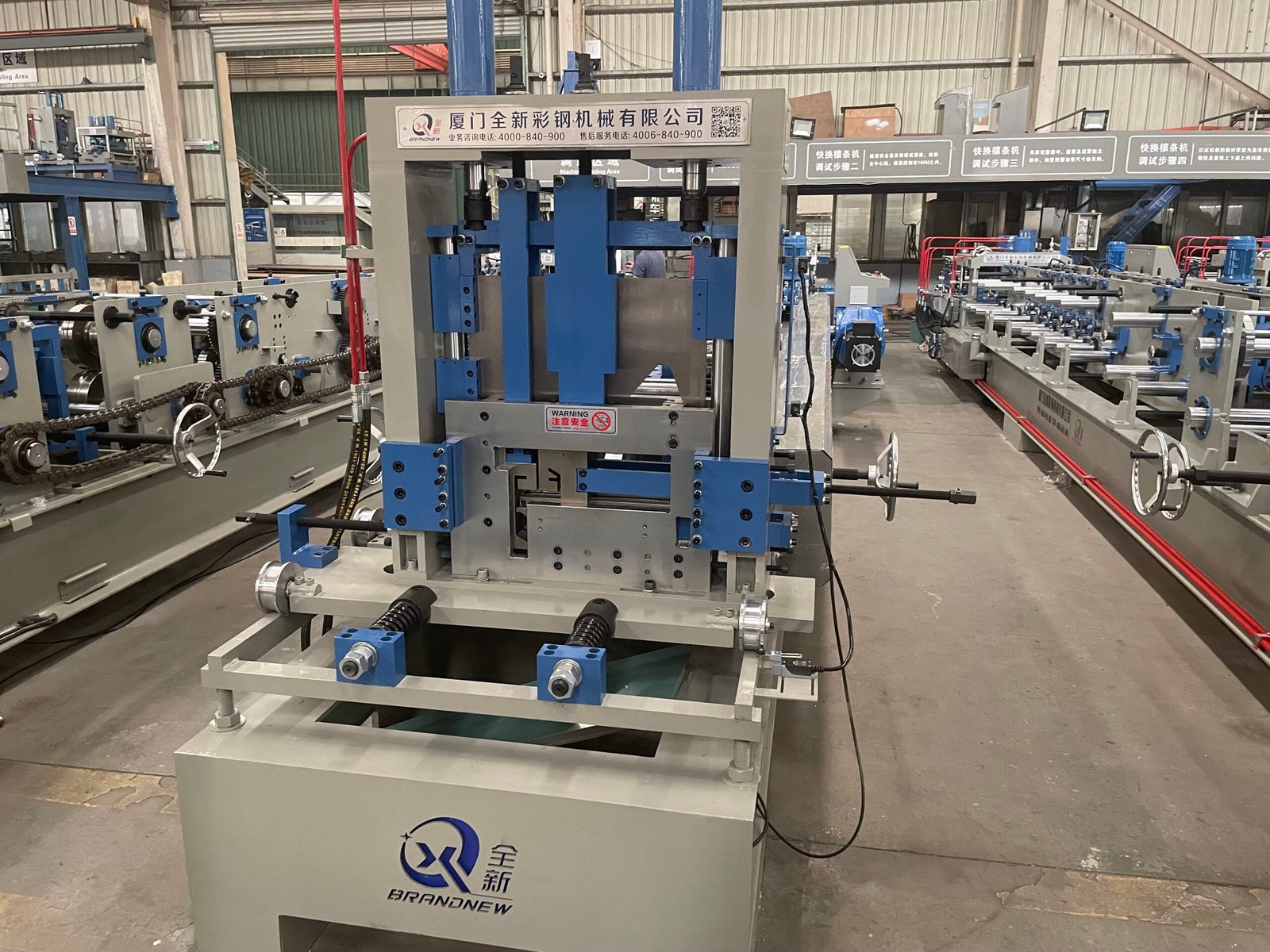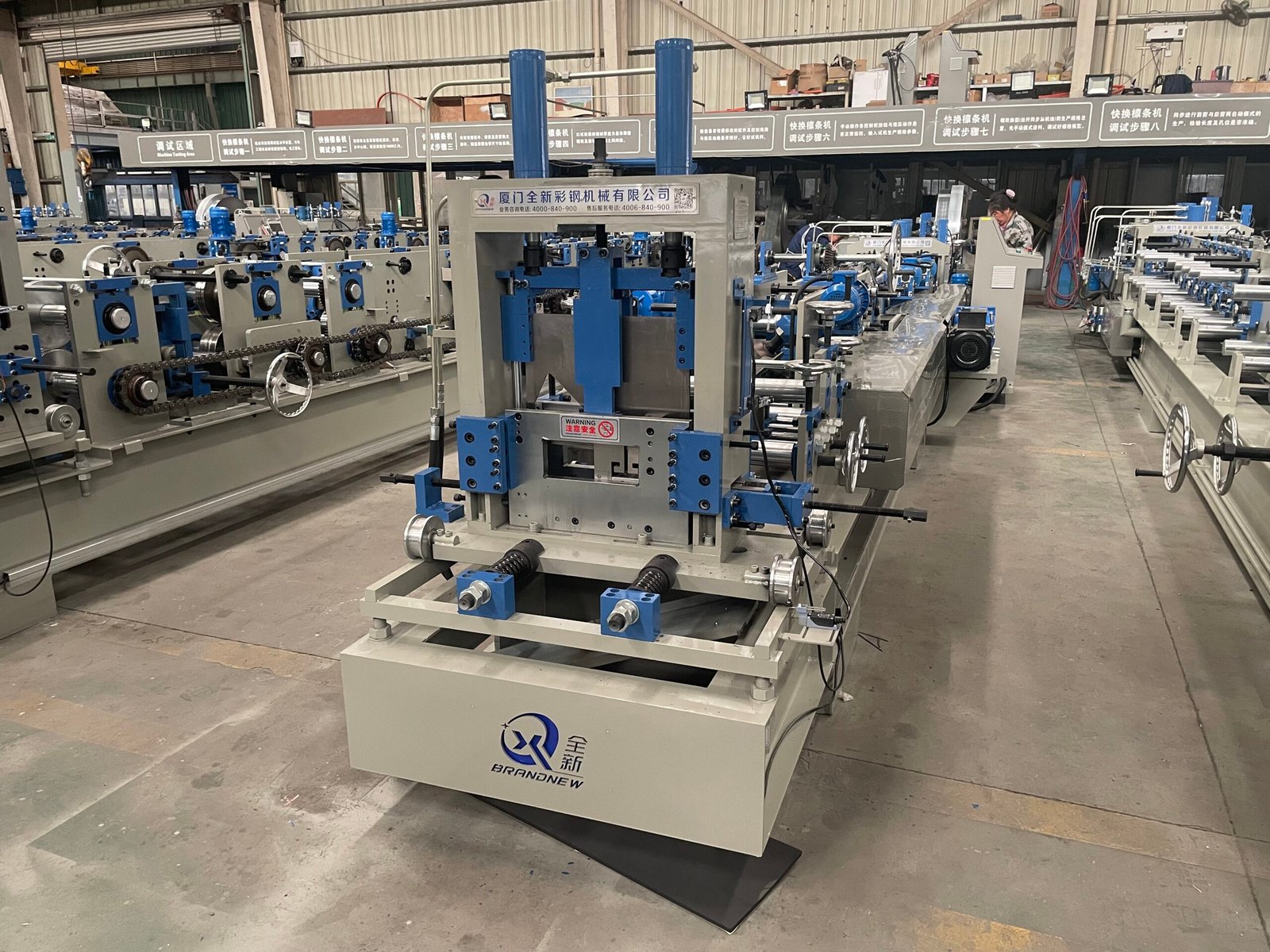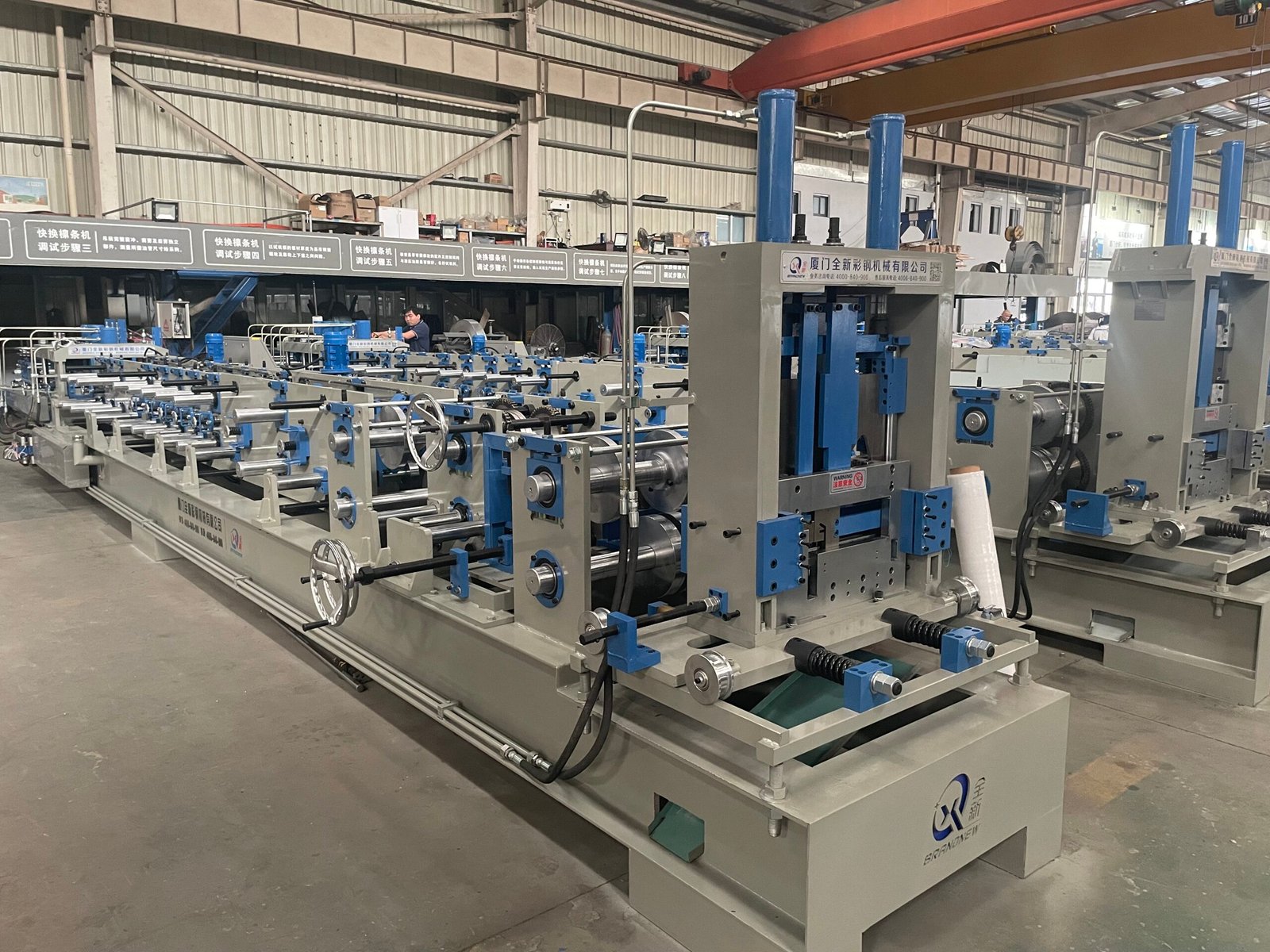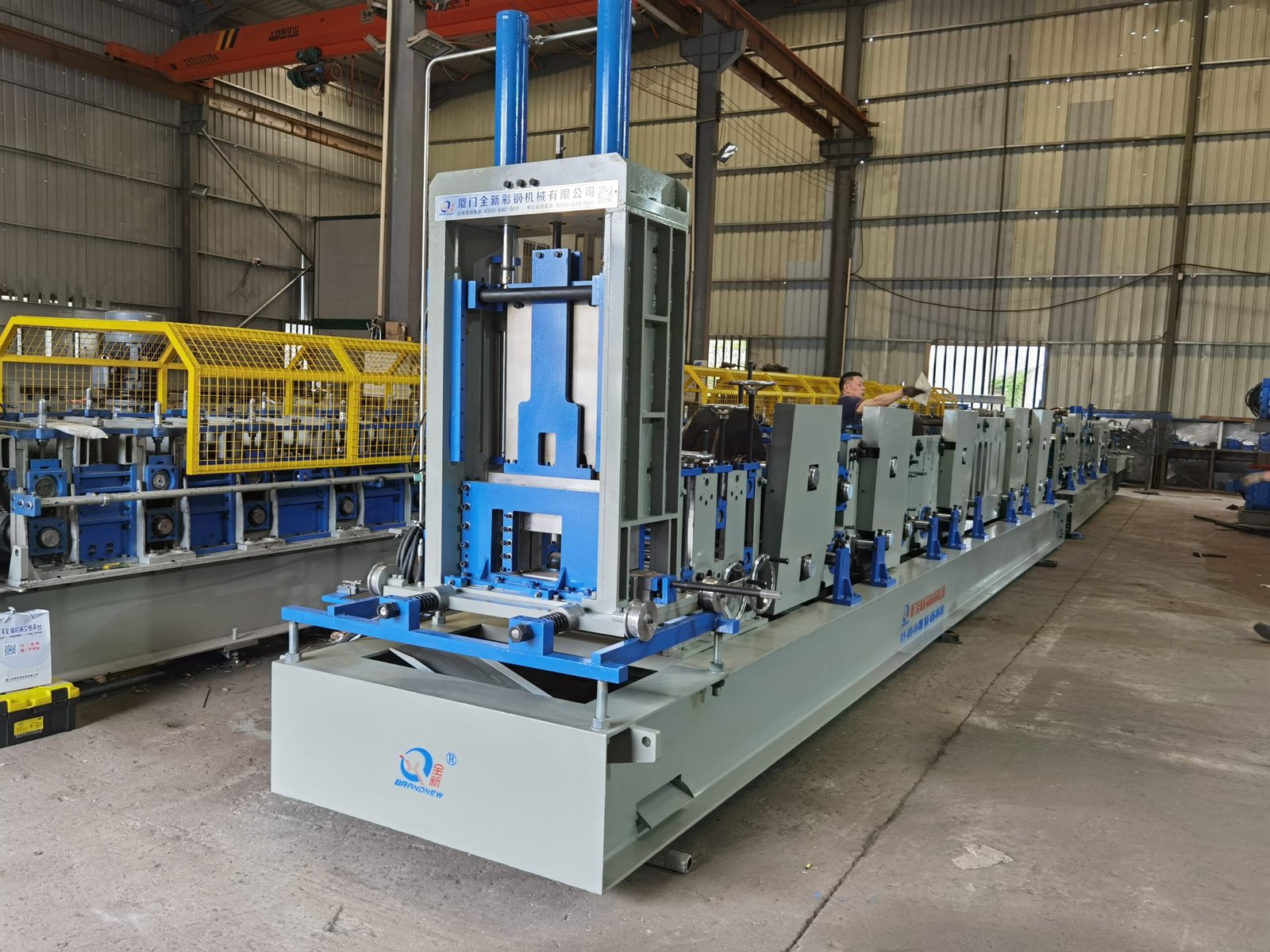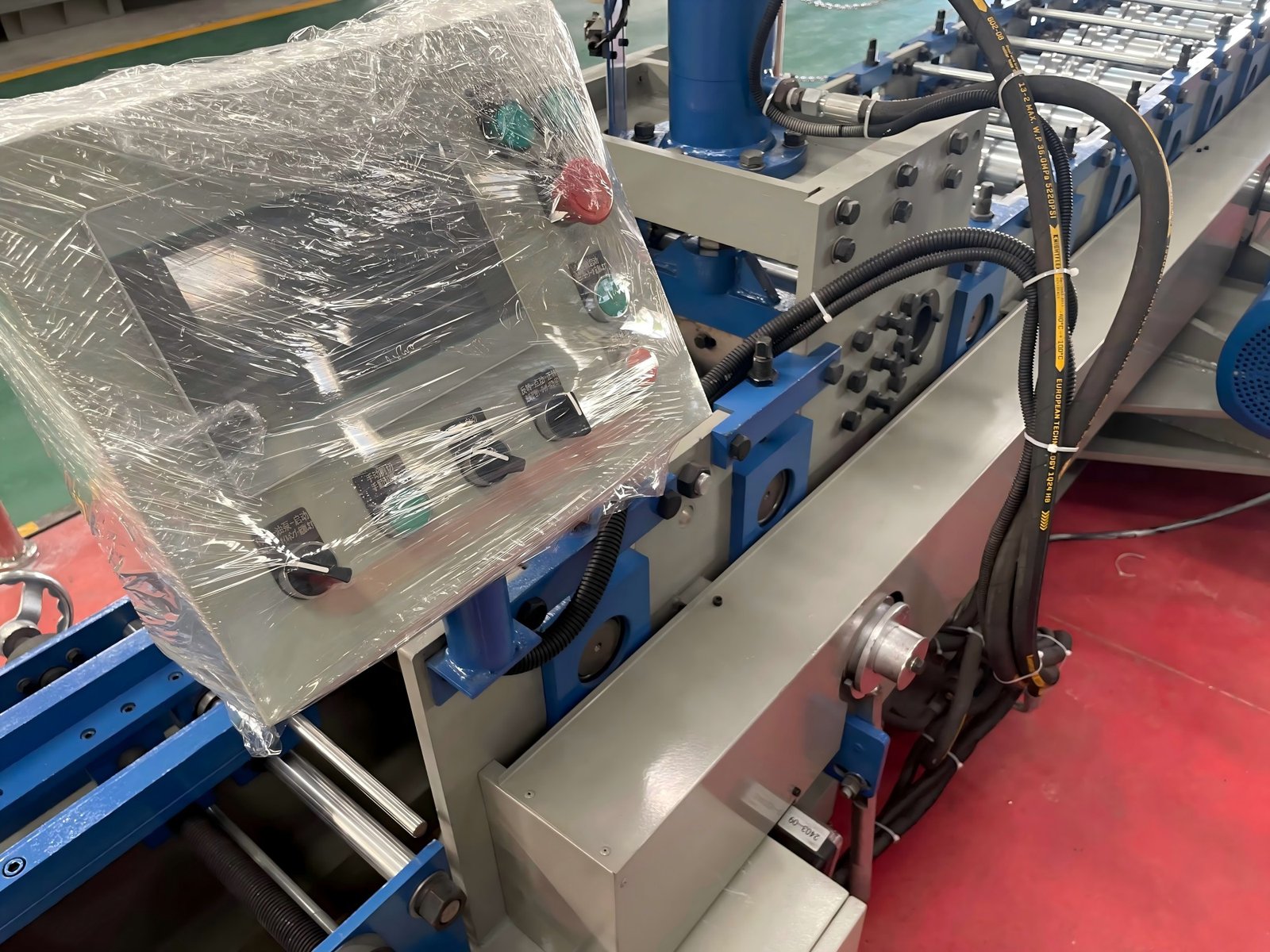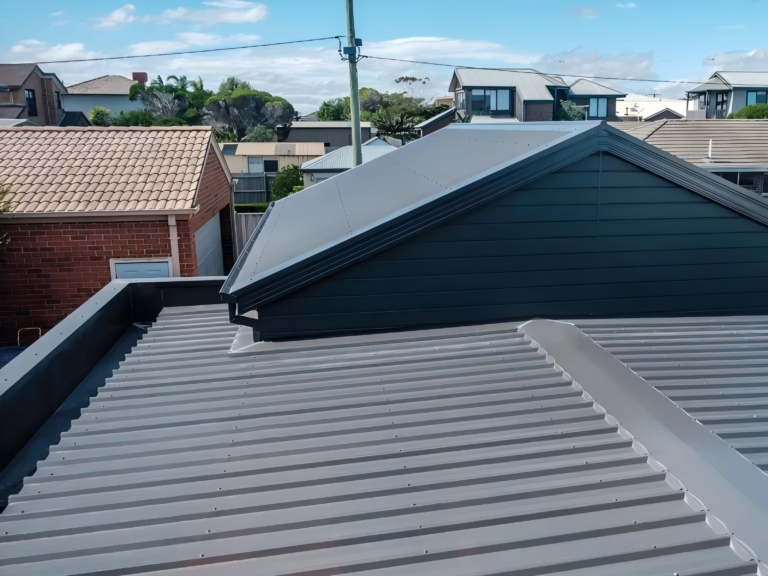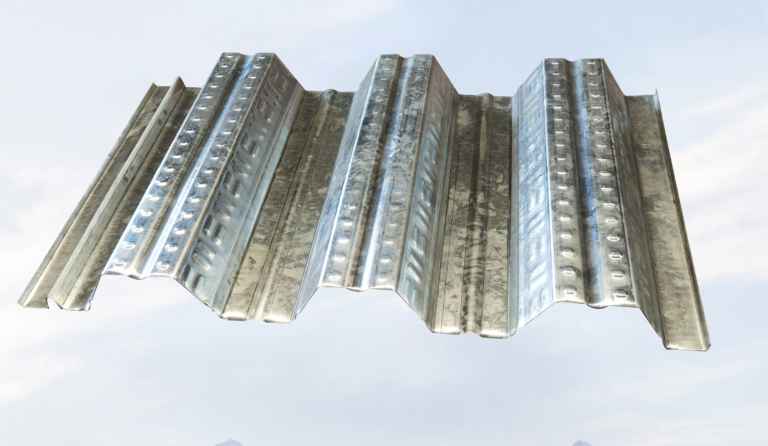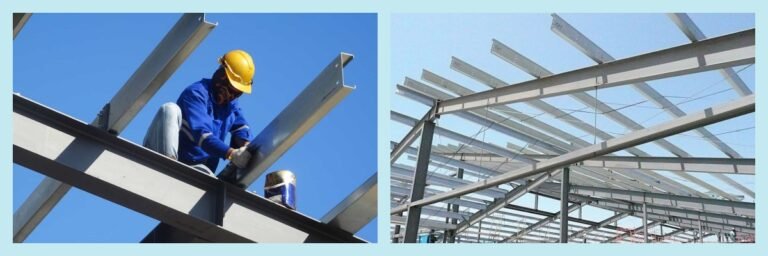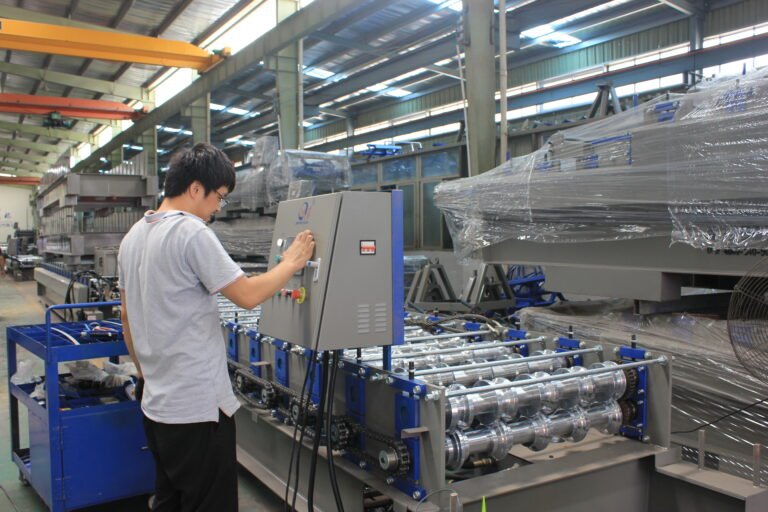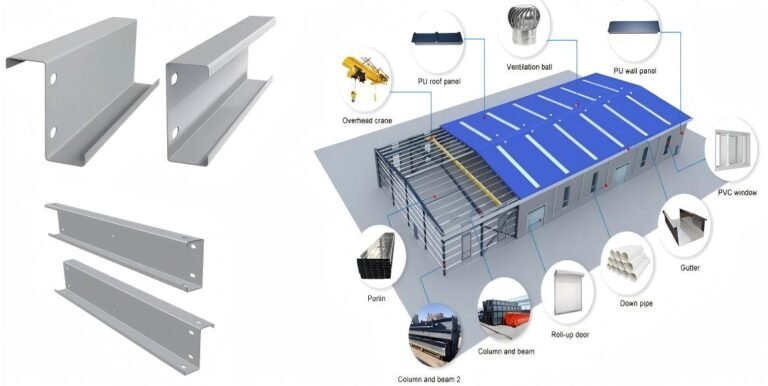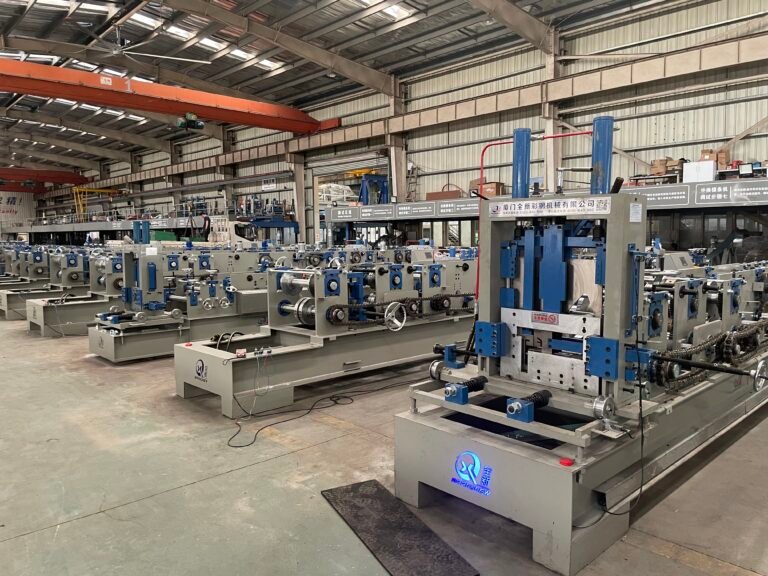What Are the PUR and PlR Sandwich Panel?
PU sandwich panels and PIR sandwich panels are both types of sandwich panels and important products of the sandwich panel production line. So, what are the characteristics of these two different sandwich panels, and what are the differences between them?
PIR foam and PUR polyurethane foam are two distinct thermal insulation materials. However, because they have the same or similar reactive groups, meaning the raw materials used are the same or similar, they are regarded as sister products. PIR is known as polyisocyanurate – modified polyurethane. It is produced by modifying polyurethane foam with polyisocyanurate acid. There are significant differences in performance between polyisocyanurate and polyurethane.
Due to the limited number of factories that have mastered PIR technology, it is fundamentally difficult to distinguish the two types of foams in appearance. Many people mistakenly think that PIR is also a type of polyurethane foam. In fact, there are substantial differences between them. The full name of PIR, “polyisocyanurate – modified polyurethane”, is too long to remember easily. Therefore, we usually refer to it as PIR foam or polyurethane PIR foam, and call the regular polyurethane foam polyurethane PUR foam (or PU foam) to highlight the difference.
1.What is a PUR sandwich panel?
PUR sandwich panel, also referred to as polyurethane sandwich panel, polyurethane composite panel, and polyurethane energy – saving panel, is a product of the sandwich panel production lines. It is a polyurethane insulation sandwich panel designed for buildings. This product consists of a double – layer color steel plate with a layer of rigid polyurethane foam serving as the insulation layer. Commonly, it is employed in the wall and roof enclosure systems of industrial plants, logistics storage facilities, and integrated houses.
As a professional supplier based in China, Beenew Machinery provides both PU sandwich panel production lines and rock wool sandwich panel production lines. If you have a need for these, please contact us.
2.What is a PIR sandwich panel?
The PIR sandwich panel, also known as the polyisocyanate sandwich panel, is a product from the PIR sandwich panel production process. It is a foaming material formed through the reaction of isocyanate and polyether with the help of a catalyst.
In terms of physical properties and fire – resistance, it outperforms general polyurethane. It is an ideal organic low – temperature insulation material, featuring low thermal conductivity, light – weight shock – proof characteristics, and strong adaptability.
Due to these excellent properties, it is widely applied in various industries such as oil refineries, chemical plants (including those involved in ethylene and fertilizer production), cold storage facilities, and the construction industry.
3.Differences between PUR and PlR sandwich panel
(1). Difference in fire resistance
PU foam: Usually, it is classified as grade B3. By adding flame retardants, it can reach grade B2.
PIR foam: Generally, it is grade B2. Through adjusting the concentration of the polyisocyanurate acid ring and other formulation technologies, it can reach grade B1, and its oxygen index can exceed 35%.
(2). Difference in thermal insulation properties
PU foam: Its thermal conductivity typically ranges from 0.022 to 0.026 W/mK at 25 degrees Celsius.
PIR foam: The thermal conductivity can be as low as 0.018 W/mK at 25 degrees Celsius.
(3). Difference in bulk density
PU foam: To meet satisfactory strength requirements, its bulk density generally reaches 35 – 45 kg/m³.
PIR foam: To achieve satisfactory strength, its bulk density usually reaches 45 – 55 kg/m³.
(4). Difference in temperature range
PU foam: It can work properly below 110 degrees Celsius.
PIR foam: It can withstand temperatures up to 205 degrees Celsius.
(5). Difference in water absorption
PU foam: Its water absorption is generally between 2.5% and 3%.
PIR foam: The water absorption can be up to 0.9%.

